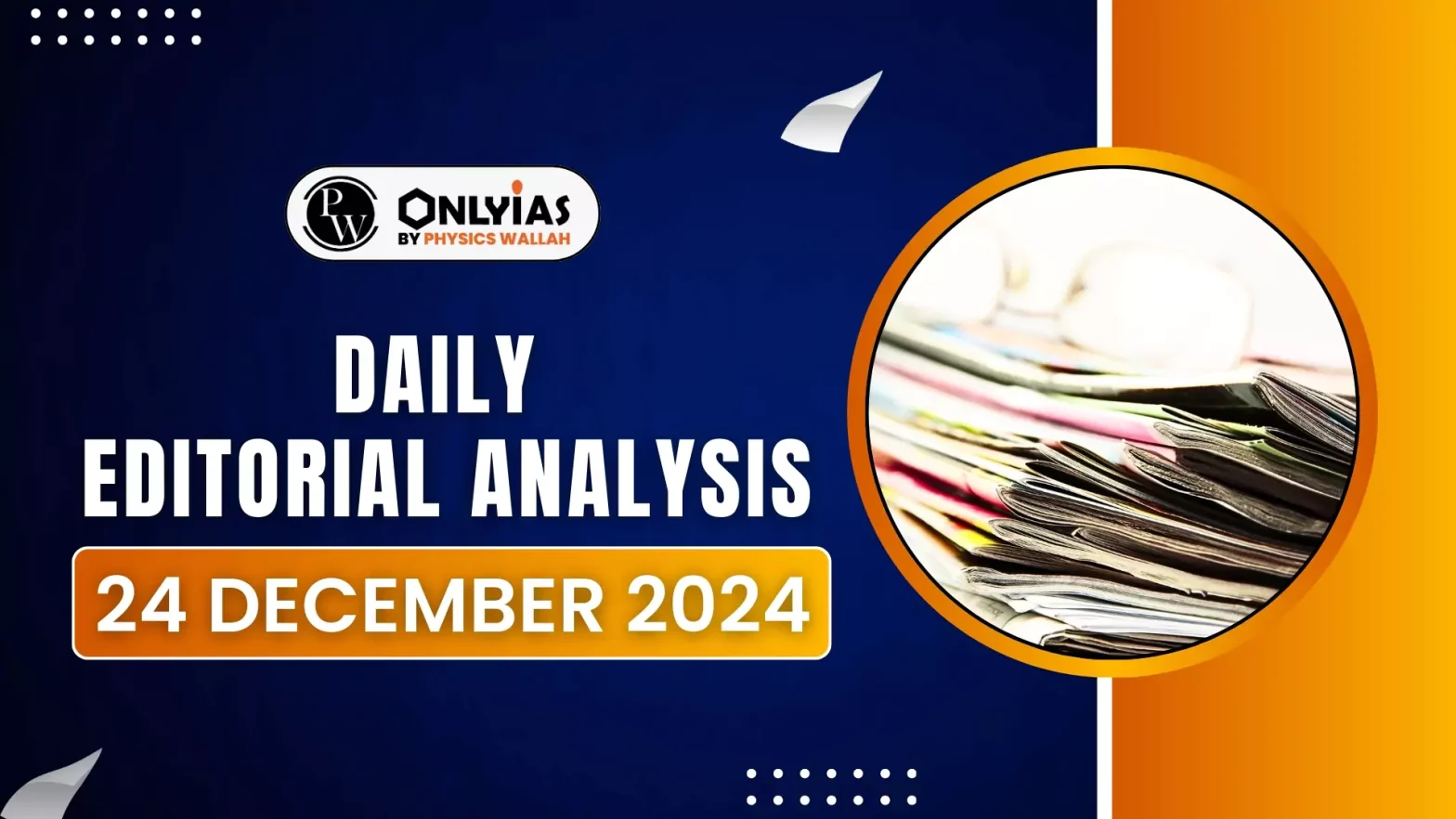India’s economic growth is notable, but challenges like income inequality, underinvestment, and bureaucratic inefficiency persist, underscoring the need for administrative reforms, especially within the Indian Administrative Service (IAS).
Colonial Legacy with Modern Limitations
- Historical Background: The IAS, often referred to as India’s “steel frame,” evolved from the colonial Indian Civil Service (ICS) and became the backbone of India’s administrative system post-Independence.
- Causes of Ineffectiveness: Political interference, outdated practices, and lack of specialisation have undermined its effectiveness.
- Politicisation and resultant Corruption: Corruption, inefficiency and lack of administrative independence persist, with India ranking only moderately on the World Bank’s government effectiveness measure.
- Reasons for Inefficiency: Frequent transfers of officers lead to insufficient time for them to fully understand the circumstances, make informed decisions, and develop domain expertise.
- Centralised Decision Making: India’s centralised governance structure has led to rapid economic reforms but also created bottlenecks in policy implementation. The sidelining of bureaucrats’ expertise has hindered effective execution of policies.
- For Instance: Critics argue that centralising power within the Prime Minister’s Office (PMO) risks further disempowering senior bureaucrats.
Enroll now for UPSC Online Course
Administrative Reforms
- Historical Attempts: Since Independence, over 50 commissions have proposed reforms.
- First ARC: The First Administrative Reforms Commission (ARC) in 1966, along with later commissions, has repeatedly stressed the importance of specialization, accountability, and merit-based promotions within the bureaucracy.
- Second ARC The Second ARC, established in 2005, proposed a plan for administrative reforms, which included suggestions to lower the age for entry into civil services, introduce performance-based promotions and lateral entry, and create safeguards against arbitrary transfers.
- However, many of these recommendations have not been implemented due to bureaucratic delays and political opposition.
- Lateral Entry: To break the IAS-centric model, the government has introduced lateral entry for senior bureaucratic positions.
- Recruitment Since 2018: Since 2018, 57 officers with specialised knowledge from sectors like the private industry have been recruited.
- Recent Announcement by UPSC: The Union Public Service Commission (UPSC) recently announced 45 lateral entry positions, including Joint Secretaries and Directors in different ministries.
- Shift: This has reduced the IAS’s dominance in high-level positions, with only 33% of Joint Secretaries at the Centre from the IAS as of 2023.
- Resistance to Lateral Entry: The lateral entry initiative has faced resistance from critics who argue it could undermine morale and disrupt promotion incentives.
- Opposition: Opposition parties have also raised concerns about the lack of reservation provisions for marginalised groups.
- Results: The government has taken back the proposal of lateral entry.
U.S. Department of Government Efficiency Model
- US Model: The proposed Department of Government Efficiency (DOGE) in the U.S., under President-elect Donald Trump, aims to
- Eliminate redundant agencies, while utilizing the expertise of leaders like Elon Musk and Vivek Ramaswamy
- Cut wasteful spending
- Introducing accountability
- Lessons for India: A similar advisory body in India could identify inefficiencies within the civil service, promote data-driven decision-making, and develop metrics to evaluate bureaucratic performance.
|
Challenges to Reform
- Institutional Resistance: Reforming India’s bureaucracy is challenging due to entrenched seniority-based systems, political interference, and resistance from within the service.
- Lack of Enforcement: Similarly, judicial interventions, such as the Supreme Court of India’s 2013 directive to establish civil services boards, have had little impact due to a lack of enforcement.
- Proposals like the Civil Services Standards, Performance, and Accountability Bill (2010), which aimed to protect bureaucrats from arbitrary transfers, have remained stalled in legislative limbo.
- Multifaceted Approach to Reform: To address bureaucratic inefficiencies, India needs a comprehensive reform strategy that prioritises merit-based recruitment, performance-linked promotions, and specialisation in policy making roles.
- Additionally, a robust data infrastructure is needed to assess bureaucratic performance, enabling informed decisions and improving governance.
Check Out UPSC CSE Books From PW Store
Conclusion
Reforming India’s bureaucracy is essential to unlocking the country’s economic potential. A multifaceted approach to administrative reform—focused on merit, specialisation, and accountability—will be crucial to enhancing governance and ensuring that it serves the needs of the Indian people.
![]() 24 Dec 2024
24 Dec 2024

